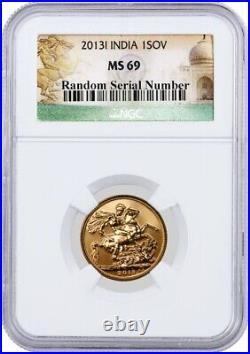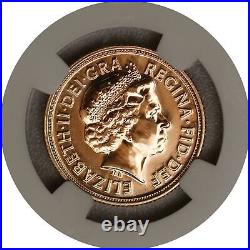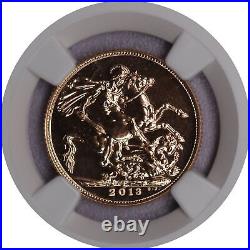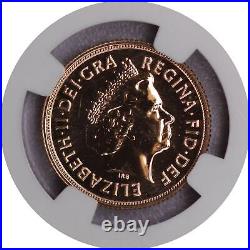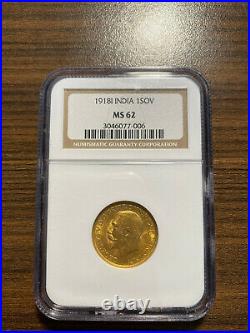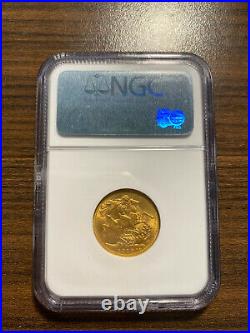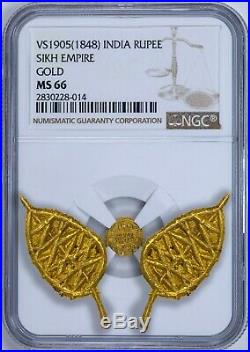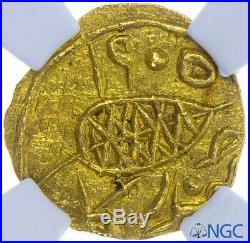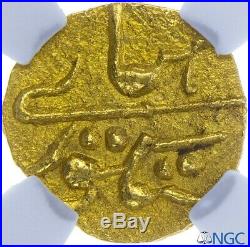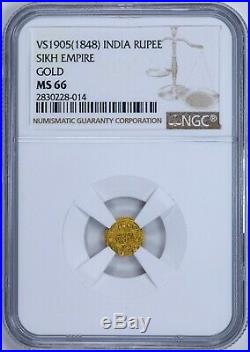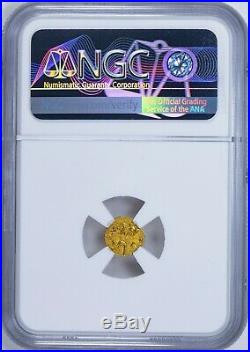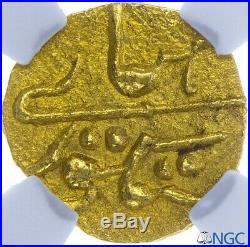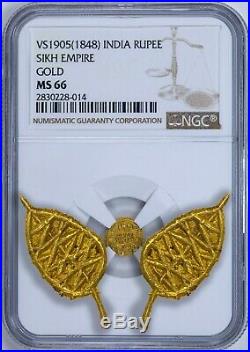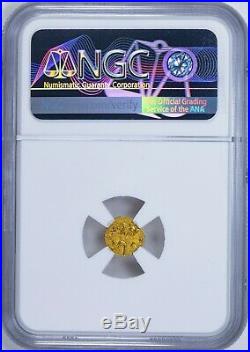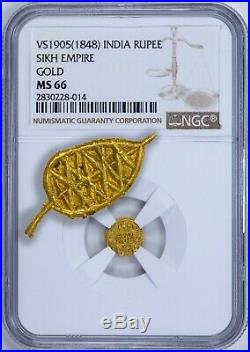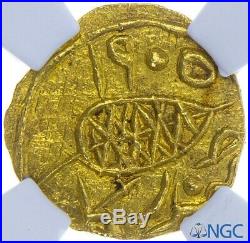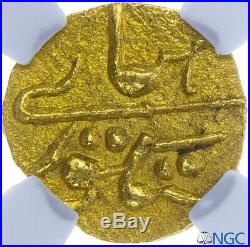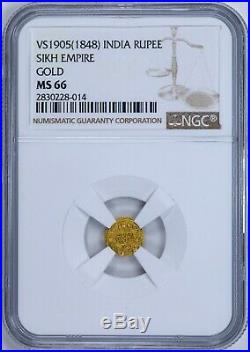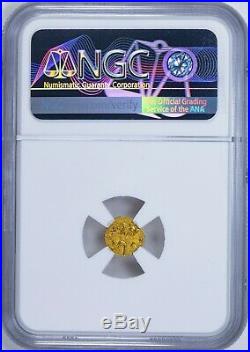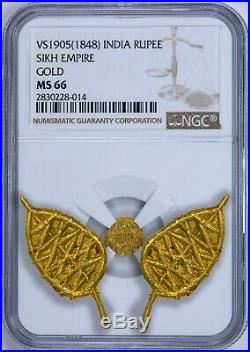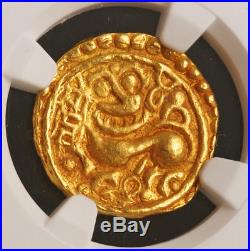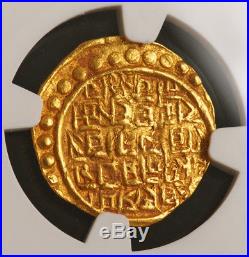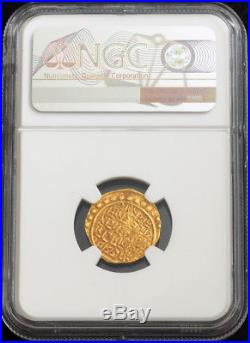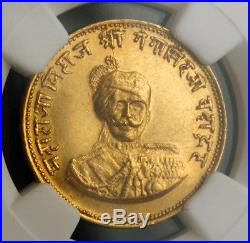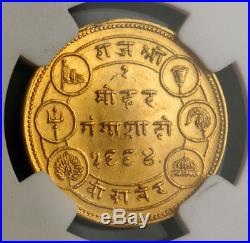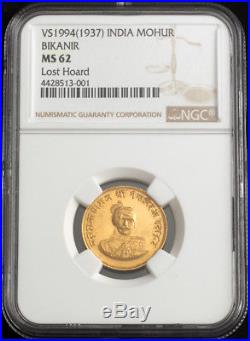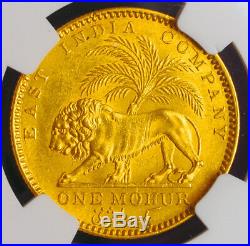

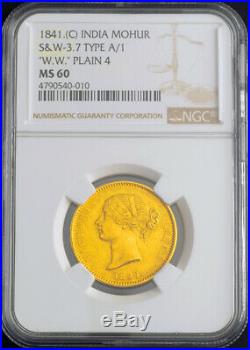
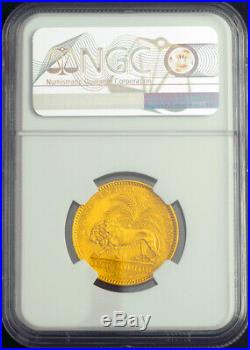

1841, India (British), Queen Victoria. Rare Gold Mohur Coin. Mint Year: 1841 Denomination: Mohur Mint Place: Calcutta (c) Condition. Certified and graded by NGC as MS-60! Reference: Friedberg 1595a, SW-3.7 (Type I-A), KM-462.1. 917 Weight: 11.66gm Diameter: 26mm. Obverse: Young head of Queen Victoria left. Date below, incuse letters W. Legend: VICTORIA QUEEN 1841. Reverse: Lion striding left, palm tree in background, bi-lingual value (ONE MOHUR) in exergue. Legend: EAST INDIA COMPANY. The East India Company (also the East India Trading Company , English East India Company , and then the British East India Company) was an early English joint-stock company that was formed initially for pursuing trade with the East Indies, but that ended up trading mainly with the Indian subcontinent and China. The oldest among several similarly formed European East India Companies, the Company was granted an English Royal Charter, under the name Governor and Company of Merchants of London Trading into the East Indies, by Elizabeth I on 31 December 1600. After a rival English company challenged its monopoly in the late 17th century, the two companies were merged in 1708 to form the United Company of Merchants of England Trading to the East Indies, commonly styled the Honourable East India Company , and abbreviated, HEIC ; the Company was colloquially referred to as John Company , and in India as Company Bahadur Hindustani bahÄ? The East India Company traded mainly in cotton, silk, indigo dye, saltpetre, tea, and opium. However, it also came to rule large swathes of India, exercising military power and assuming administrative functions, to the exclusion, gradually, of its commercial pursuits. Company rule in India, which effectively began in 1757 after the Battle of Plassey, lasted until 1858, when, following the events of the Indian Rebellion of 1857, and under the Government of India Act 1858, the British Crown assumed direct administration of India in the new British Raj. The Company itself was finally dissolved on 1 January 1874, as a result of the East India Stock Dividend Redemption Act. The Company long held a privileged position in relation to the English, and later the British, government. As a result, it was frequently granted special rights and privileges, including trade monopolies and exemptions. These caused resentment among its competitors, who saw unfair advantage in the Company’s position. Despite this resentment, the Company remained a powerful force for over 200 years over India. Victoria (Alexandrina Victoria; 24 May 1819 – 22 January 1901) was from 20 June 1837 the Queen of the United Kingdom of Great Britain and Ireland and from 1 May 1876 the first Empress of India until her death. Her reign as Queen lasted 63 years and seven months, longer than that of any other British monarch to date. The period centred on her reign is known as the Victorian era. Though Victoria ascended the throne at a time when the United Kingdom was already an established constitutional monarchy in which the king or queen held few political powers, she still served as a very important symbolic figure of her time. The Victorian era represented the height of the Industrial Revolution, a period of significant social, economic, and technological progress in the United Kingdom. Victoria’s reign was marked by a great expansion of the British Empire; during this period it reached its zenith, becoming the foremost global power of the time. Victoria, who was of almost entirely German descent, was the granddaughter of George III and the niece of her predecessor William IV. She arranged marriages for her nine children and forty-two grandchildren across the continent, tying Europe together; this earned her the nickname “the grandmother of Europe”. She was the last British monarch of the House of Hanover; her son King Edward VII belonged to the House of Saxe-Coburg and Gotha. Through her mother, she was also a first cousin twice removed of Maria Theresa, Holy Roman Empress. The item “1841, India (British), Queen Victoria. Rare Gold Mohur Coin. SW-3.7. NGC MS-60″ is in sale since Saturday, May 18, 2019. This item is in the category “Coins & Paper Money\Coins\ World\Asia\India\British”. The seller is “coinworldtv” and is located in Europe. This item can be shipped worldwide.
- Composition: Gold
- Certification Number: 4790540-010
- Certification: NGC
- Grade: MS60
- Year: 1841









